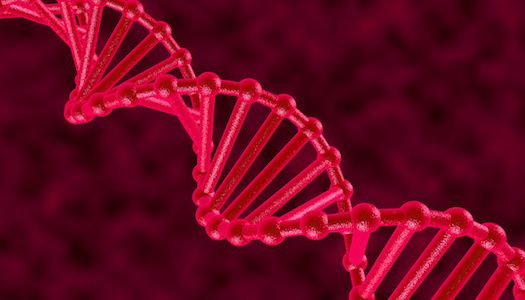Article
Prognostic Marker Pursued for Relapse of Occult Hepatitis C Genotype 4 with Cirrhosis
Author(s):
HCV RNA in peripheral blood mononuclear cells predicted relapse of HCV genotype 4 in cirrhotic patients who were non-viremic after treatment.

Detection of hepatitis C virus (HCV) genomic RNA in peripheral blood mononuclear cells (PBMC) predicted relapse in patients with HCV genotype 4 infection with cirrhosis, despite disappearance of viral RNA from serum after direct-acting (DAA) antiviral treatment.
In their study, Mohamed Darwish Ahmed Abd Alla, MD, PhD, Tropical Medicine Department, Faculty of Medicine, Al-Azhar University, Egypt, and colleagues explained that PBMCs are considered “reservoirs of HCV replication, regardless of the symptoms of infection.”
"The detection of HCV RNA in PBMCs or liver cells of individuals who are negative for viral RNA in their serum is poorly understood and raises inquiries about the risk of transmission to other individuals when exposed to blood," they noted.
Intracellular viral genomic RNA in PBMCs or in hepatocytes is definitive identification of an otherwise "occult" HCV infection in patients who test negative for viremia in polymerase chain reaction (PCR) analysis. It has also been shown to predict relapse within 12 weeks of discontinuation of treatment with interferon plus ribavirin.
In the current study, Abd Alla and colleagues sought to determine its utility as a prognostic marker for virologic serum relapse in patients receiving DAA treatment for HCV genotype 4 with cirrhosis. They expected lower rates of sustained virologic response (SVR) with the presence of cirrhosis; and for having little data on the efficacy of the selected DAA treatment for HCV genotype 4 infection.
The investigators identified a study cohort of 75 treatment-naïve post HCV genotype 4 cirrhotic patients, who were stratified into 3 groups of 25 based on their baseline Child-Turcottte-Pugh (CTP) grading of cirrhosis severity: group A, total score of 5-6, well-compensated; group B, 7-9, significantly compromised function; group C, 10-12, early hepatic decompensated disease.
All patients were treated with 24 weeks of the fixed daily dose combination of sofosbuvir 400 mg and ledipasvir 90 mg (Harvoni). HCV RNA was evaluated in serum 12 weeks after treatment; and in PBMC at the end, and 12 weeks after treatment.
The CTP grades were found to have improved for groups B and C at end of treatment and at 12 weeks after treatment, but the frequency of hepatocellular carcinoma had also increased in group C patients 12 weeks after treatment. As expected, manifestations of hepatic decompensation were more frequent in relapsed patients than in those attaining 12-week SVR.
The investigators reported 14 of the 75 patients (18.7%) had intra-PBMC HCV RNA at end of treatment, and 9 of these 14 (12% of total population) were found to have HCV RNA serum relapse 12 weeks after end of treatment. By severity of cirrhosis, PBMC HCV RNA was detected at end of treatment in 12%, 20%, and 24%, respectively, of group A, B, and C. Serum HCV RNA was detected in 4%, 12%, and 20%, respectively, of group A, B and C 12 weeks after end of treatment.
Abd Alla and colleagues argue that application of dual testing for HCV RNA in serum and PBMCs would have revealed the potential for relapse in 3/25 (12%) of group A, 5/25 (20%) of group B, and 6/25 (24%) of group C at an earlier time, after end of treatment.
They speculate that relapsed rates could have been reduced if alternative treatment options had then been considered at that time, than after ascertaining SVR from serum assessment 12 weeks later.
The finding that not all patients with detectable viral RNA in PBMC are viremic suggests to the investigators, "the possibility that future HCV serum viral reactivation in non-viremic patients might depend entirely on PBMC infection."
"Taken together, testing for HCV RNA in both serum and PBMCs at end of therapy has considerable potential importance for management of cirrhotic patients," they conclude.
The study, "Hepatitis C Virus Serologic Relapse after Treatment with Direct-Acting Antivirals is Dependent on Viral RNA Levels in Peripheral Blood Mononuclear Cells and the Grade of Liver Cirrhosis," was published online in Archives of Virology.





